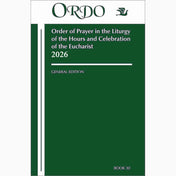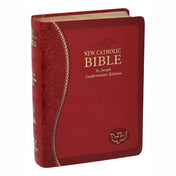|
The popular prayer is composed of the twenty Joyful, Sorrowful, Glorious and Luminous mysteries, which offers the opportunity for reflection on the events in the life of Christ and how His mother was called on to cooperate in His saving work.
20 decades (or all 20 of the mysteries), make up a complete Rosary. In general though, most people pray the Rosary as 1 set of mysteries each day. Tradition suggests the following schedule:
- Joyful mysteries are said on Mondays
- Sorrowful mysteries on Tuesdays and Fridays
- Luminous mysteries on Thursdays
- Glorious mysteries on Wednesdays and Saturdays
Each of the mysteries is recommended on Sundays, depending on the Season.
|
The prayers that make up the recitation include:
The Apostle's Creed
-
The Our Father "Lord's Prayer"
-
The Hail Mary
-
The Glory Be
-
Hail Holy Queen
-
The Fatima Prayer (for the conversion & salvation of the world)
|




